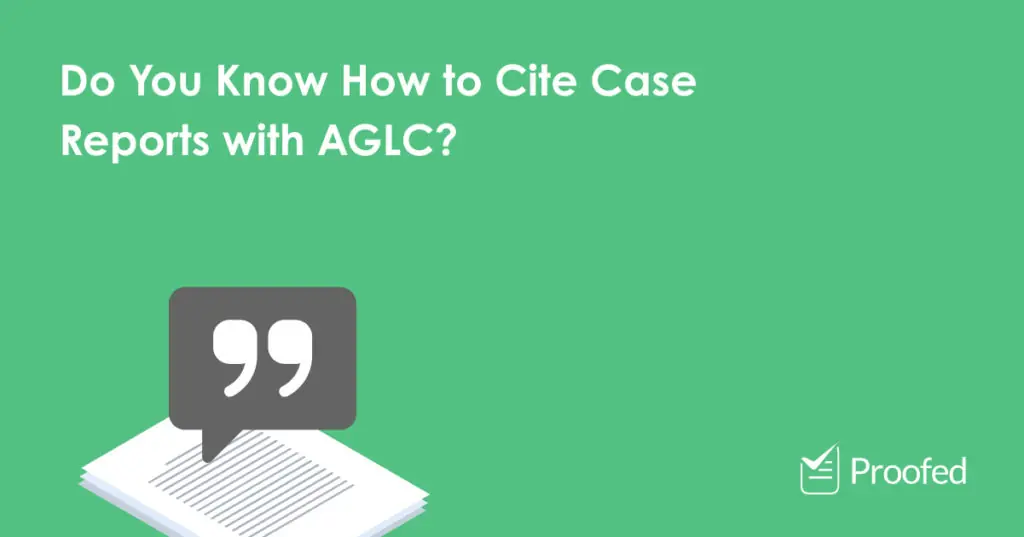The Australian Guide to Legal Citation (or AGLC) sets out a uniform approach to citing cases, legislation and other legal sources. If you’re studying law in Australia – or even just reading legal texts published there – it’s vital to know how this system works. In this post, we go over the basics of citing case reports using AGLC referencing, including how to handle repeat citations and what you should include in a bibliography.
Referencing Case Reports
In AGLC, you cite sources using superscript numbers (e.g. 1, 2, 3), which point to source information in footnotes. The basic footnote format for citing a reported judgement requires a case name, year and details of where it was reported. We can break this down as follows:
|
Case Name |
(Year) |
Volume |
Report Abbreviation |
First Page |
Pinpoint |
|
Smith v Jones |
(1982) |
126 |
CLR |
503, |
522. |
You only need a pinpoint reference when citing a specific page or passage of a report. And, as above, all case names should be italicised and all footnotes should end in a full stop.
The format is different for unreported judgements, as you need a unique court identifier. For example:
|
Case Name |
(Year) |
Unique Court Identifier |
Judgement Number |
Full Date |
Pinpoint |
|
Jones v Smith |
(2006) |
HCA |
3 |
13 January 2006, |
522. |
However, you should only cite an unreported judgement when no reported version is available, so this format is a little rarer.
Find this useful?
Subscribe to our newsletter and get writing tips from our editors straight to your inbox.
Repeat Citations in AGLC
If you’re citing the same case report twice in a row, you can use ‘ibid’ (a Latin term meaning ‘in the same place’) rather than repeating the full source information. The only difference will be adding a new pinpoint citation if you are citing a different part of the text:
1. Smith v Jones (1982) 126 CLR 503, 522.
2. Ibid.
3. Ibid 517.
Footnotes two and three above, for instance, cite the same source as footnote one. Footnote two cites the same part of the source. Footnote three, meanwhile, cites a different page of the source, so we give a new pinpoint citation as well as using ‘ibid’.
For non-consecutive repeat citations, meanwhile, you need to:
- Shorten the case title in brackets at the end of the first citation.
- Cross reference the shortened title and the footnote number for the first citation in all subsequent citations of the source.
For instance, we could format a non-consecutive repeat citation like this:
1. Smith v Jones (1982) 126 CLR 503, 522 (‘Smith’).
2. Kim Stein, When Law Repeats (AGLC, 2002).
3. Smith (n 1) 516.
Here, in the third footnote, we have a shortened title, a bracketed footnote number, and a new pinpoint citation. This is enough information to ensure the reader can identify the correct source from the citation.
Bibliography
The bibliography is where you provide full detail of every source you’ve cited in your work. For case reports, the information here is almost identical to the first footnote citation. The only difference is that you don’t need a pinpoint reference or a full stop at the end:
Smith v Jones (1982) 126 CLR 503
However, AGLC referencing doesn’t always require a bibliography as well as footnote citations. As such, make sure to check your university style guide or ask your lecturer for advice on whether to include one.



